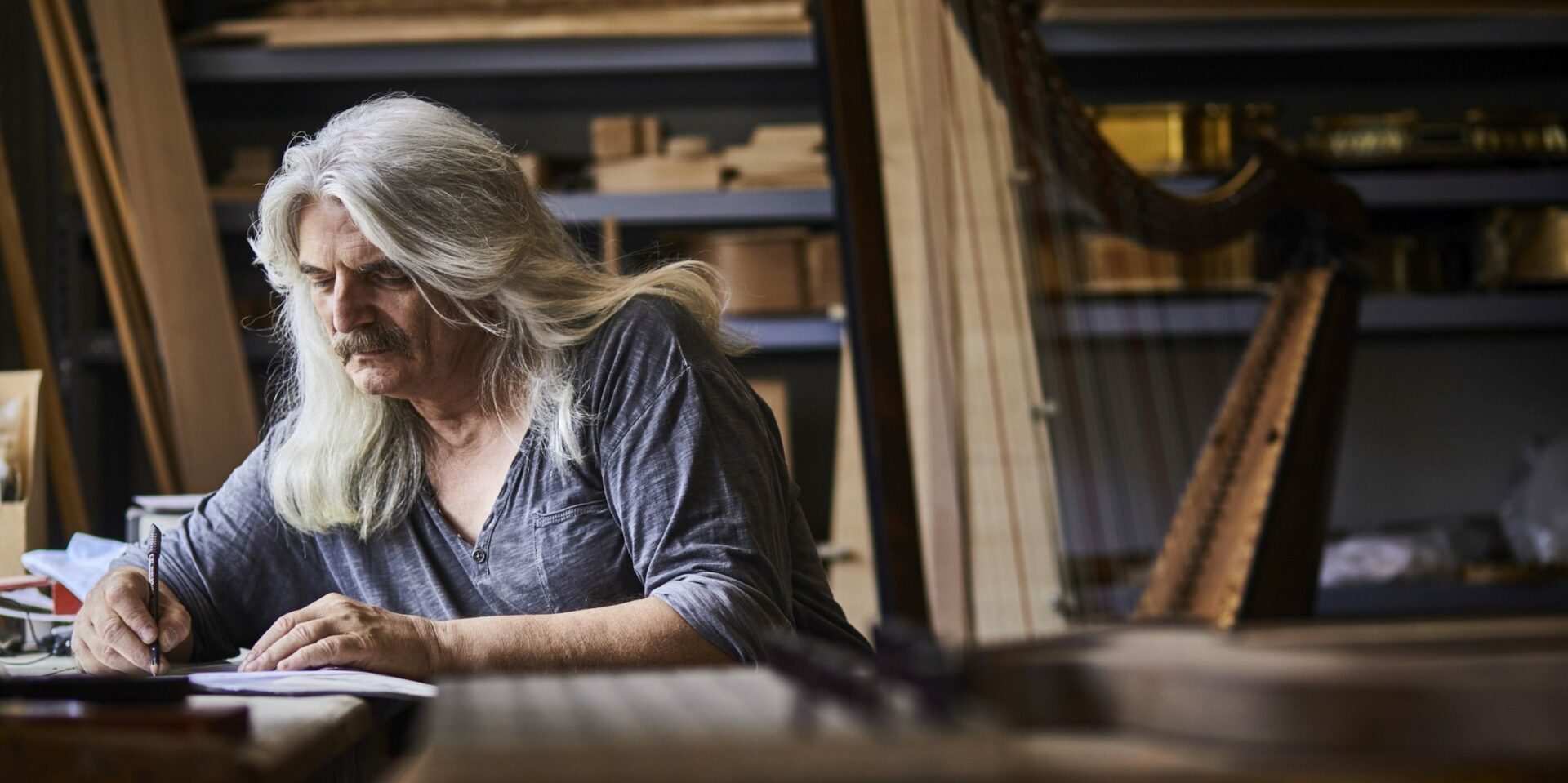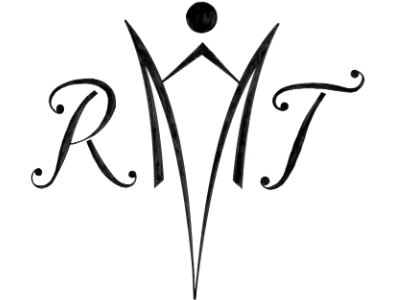Vita

(PLEASE SHOW UNDERSTANDING FOR MISTRANSLATIONS IN THE PRESENT TEXT.
A PROFESSIONAL TRANSLATION OF THE GERMAN TEXT IS IN PREPARATION)
Rainer M. Thurau is born 1951 in Hamburg, Germany as a child of performing artists.
Due to the international artistic career of his parents, he grew up with relatives in the south of Germany.
In 1968 he moves to West-Berlin and starts his training at the Carl Bamberg – Secondary School for Photography while he works at the prestigious Mosaik Film GmbH.
During this training, he also starts painting. He deals with the techniques of watercolor and pastel painting and dedicates himself to landscape, portrait and nude painting .
In 1974 he begins to study human medicine at the Free University of Berlin. In context of this university study he sees the opportunity to acquire the basics of human proportions , musculoskeletal , etc. in particular in theoretical and practical anatomy, for his plan to apply for a scholarship at the Berlin Academy of Arts.
In 1978 Rainer M. Thurau became a member of the group of artists “Bloody Dog”, a stylistically independent community of painters and sculptors.
Inspired by the paintings of Edgar Degas he particularly focuses on painting with pastel.
By his friendship with movie actor Guenter Meisner he meets the Berlin painter Johannes Gruetzke. Encouraged by the painting style of Gruetzke and his preference for pastel colours Thurau turns even more to the use of pastel.
In addition to exhibitions of his art in Berlin, Thurau presents his paintings every year from 1979 to 1983 also at the annual “Freie Berliner Kunstausstellung FBK” (‘Independent Berlin Art Exhibition’) at the Berlin Fair Halls. In 1980 he starts the preparation of his application portfolio with artistic works for the Berlin Academy of Arts.
Rainer M. Thurau also was a member of the famous Berliner Music Ensemble “Fianna”. He sings and plays mandolin as well as irish bouzouki. On the suggestion of his colleagues he made his first Irish Harp in 1976/1977. At the International Summer Festival in Berlin July 1980 he performs on this harp on stage the first time. This concert is broadcasted at the TV culture magazine ‘Akzente’.
In summer 1982 Thurau applies for a scholarship at the Berlin Academy of Fine Arts.
Due to his long-standing commitment parallel in Fine Arts, Applied Arts and Performing Arts Rainer M.Thurau ultimately rethinks his studies and his many artistic talents and, for existential reasons as well as reasons due to his self conception, he opts for one direction: He finishes all his university studies and opts in particular for Applied Arts with focusing especially on design and construction of harps. Until 1983 he works in a shared studio with a fellow artist and alongside harps he also designs and manufactures other string instruments. In Thurau’s view making of harps seemed to offer all those varieties of artistic disciplines, which he always has strived for: music, design, scientific research, iconographic studies of old masters as well as technical, artisanal and artistic knowledge and creations.
By the geographical and political isolation of West Berlin, he fears extraordinary hardship for a successful international artistic career.
In 1983 Thurau moves to Ulm and founds his new studio.
His dedicated and high-quality work in the field of Applied Arts by Design and Construction of Early and Modern Harp soon receives the desired international attention and quickly lead to global success. He organizes solo exhibitions of his works and participates at exhibitions in Germany, Europe and the USA.
1985 Thurau is initiator and co-founder of the “Association for the Promotion of Historical Harps” , between 1985 and 1989 his is vice-president and editor of the association.
In 1986 ARD (First channel of the german television network) makes a film at his studio “The Harpmaker of Ulm”.
In 1989 Thurau moves his studio to Wiesbaden and takes over the oldest Studio for Concert Harpmaking Löffler, established in 1919.
The exceptional quality of the harps of Loeffler takes his interest and encourages his decision to devote himself also the Applied Art of design and construction of double action pedal harps. In the period from 1989 – 1991 he studied intensively the concert harps Loeffler and recognizes, that its mechanical precision, structural statics, art craftsmanship and brilliant acoustics in such a high quality has never been achieved before by any other harp maker worldwide.
1992 makes his first Thurau concert harp based on a model by Loeffler.
With this harp in 1992 he passes his successful examination to the concert harp maker on master level under the direction of the concert harp builder Klaus Horngacher.. By this certification Rainer M. Thurau is the first and yet only concert harp maker worldwide, who ever did pass this complicated and eigth-month exam successfully as a pure autodidact.
In 1993 the internationally renowned Vienna Symphony Orchestra acquires this masterpiece.
End of 1993 the studios Thurau and Loeffler unite for Thurau-Harfenmanufaktur with the aim to create small quantities of exclusive concert harps of highest quality and most sophisticated design. Absolute Priority of Rainer M. Thurau is an unique and outstanding acoustic quality of his creations. Each instrument is individually made and in consultation with the client.
In 1994 the 50-minute TV documentary feature “Chicago Blues and Harp Dreams” is made with Thurau as one of the two main characters.
At the World Harp Congress in 1996 at Tacoma /USA Thurau exhibits his post-modern design model ‘Javelot de Gabriel’. The exhibition of this unique model has been so successful that the instrument almost exclusively could only been seen at concerts throughout the Congress.
Upon request of the Director of the State Institute for Music Research and Director of the Music Instrument Museum Berlin, Dr. Droyen-Reber, Rainer M. Thurau becomes co-author of the book ‘Harps’, published by the State Institute for Music Research Prussian Cultural Heritage, Berlin 1999.
Since 1990 Thurau comprehensively also continues to expand the reconstruction of Early Harps , especially multi-row chromatic Baroque harps. He reconstructs after originals at museums, after paintings of Old Masters, as well as he painstakingly creates his own historical models which can be assigned to Early Harps of different historical periods in its appearance and in its sound.
He especially focuses on making of three-row chromatic Baroque harps with outstanding and authentic sound.
Again, he manages to enthuse the best harpists worldwide and to convince them of the highest quality of acoustics and excellent workmanship of his instruments.
Today Rainer M. Thurau is the only harp maker in the world who so extensive dedicated himself to almost all areas of harp construction.
In 2017, a Romanesque harp of the 12th century, reconstructed by Rainer M. Thurau has been hand over to the Historical Museum Bingen am Rhein for the permanent exhibition of the life and work of Hildegard von Bingen. Due this cooperation, he recommends to the Lord Mayor of the City of Bingen to found a festival for high medieval music.
In 2018 the ‘Festival Musica Antiqua Bingen’ for music from the 11th to the 14th century. has been founded in honor of Hildegard von Bingen. Rainer M. Thurau takes over the artistic direction of the festival
-
- Design and construction of contemporary concert harps
- Reconstruction, recreation and creation of Historical Harps of the 7th to 19th century
- Contemporary Folk Harps
- Restoration of historical harps (especially early pedal harps of France and England of the 18th and 19th century) for private costumers, musical institutions, early musical instrument collections and museums.
- Repairs, maintenance and improvements of concert-harps from other selected harp producers.
Publications and other academic works by Rainer M. Thurau:
Harfen in der Malerei des Mittelalters, Berlin 1982
Bray-Pins – Gotischer Harfen 1980
Aspekte der Rekonstruktion dreireihiger Harfen anhand Domenichinos “David che suona l’arpa”, in: Heidrun Rosenzweig (ed.) – Historische Harfen, Basel 1991,
Die Harfenmechanik Erard – ihre Funktion und Restaurierung (La mécanique Erard de la harpe-sa foncti), HARPA 1991
Harfen des Berliner Musikinstrumenten-Museums. (Dokumentation/Katalog)
Dagmar Droysen-Reber und Beat Wolf in Zusammenarbeit mit Wolfgang Mertin und Rainer M. Thurau. Berlin: Staatliches Institut für Preußischen Kulturbesitz, 1999.
“Die Trossinger Leier”
Instrumentenbauliche Betrachtungen des Gräberfundes einer Alamannischen Leier aus dem 6. Jhdt. in einem Alamannen-Grab in Trossingen – Im Auftrag des Archäologischen Instituts Baden-Württemberg, Konstanz, November 2003.
In preparation:
Die Harfe in der Angewandten Kunst ( The Harp in Applied Arts)
(Beitrag zur EUNIQUE, Messe für angewandte Kunst und Design)
Die Kunst des Klanges – Die wahre Kunst des Harfenbaus ( Art of Sound – The true art of Harpmaking)
